Features of pelargonium "Chandelier"
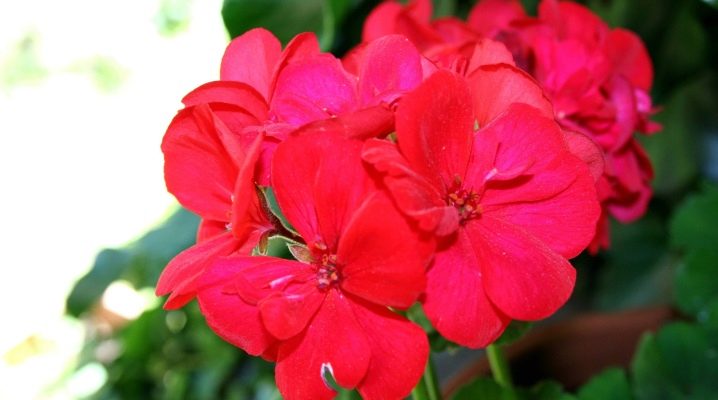
Many people think that pelargonium and geranium are the names of the same plant. Indeed, both flowers belong to the Geranium family. But these are different types of plants, and they have differences. Geranium is a garden street flower, cold-resistant and hardy, and pelargonium is a more delicate indoor flower, although in summer it can also grow in the garden. Spectacular pelargonium can decorate any interior or garden bed.
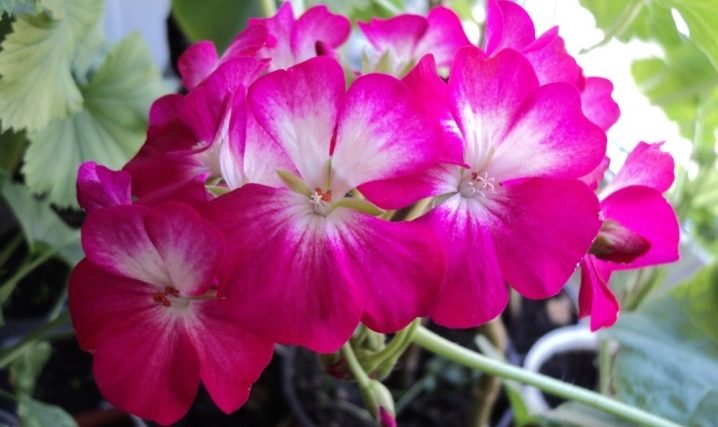
Varieties
Scientists - breeders have bred hundreds of species of pelargoniums with the most different shapes of flowers and leaves. For example, the following:
- royal - the largest species;
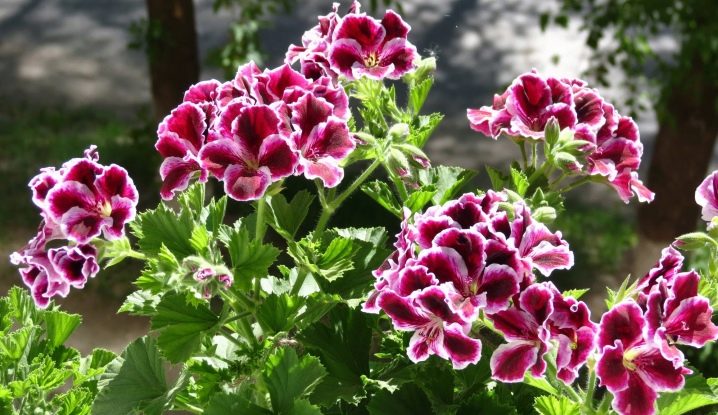
- tulip - inflorescences resemble tulips;
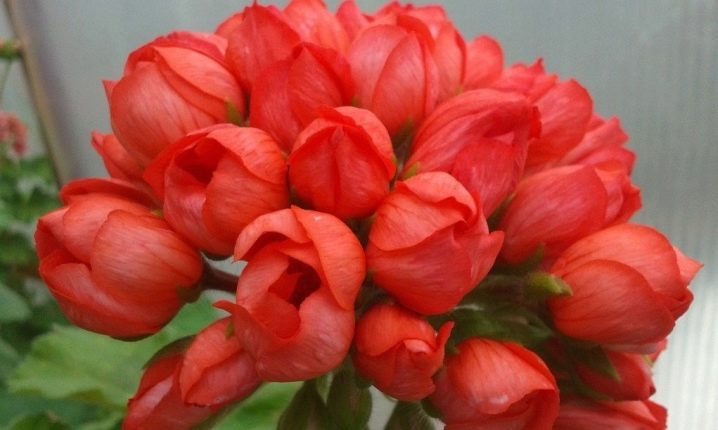
- fragrant - leaves exude a strong aroma;

- zonal - the most common, better known as geranium;
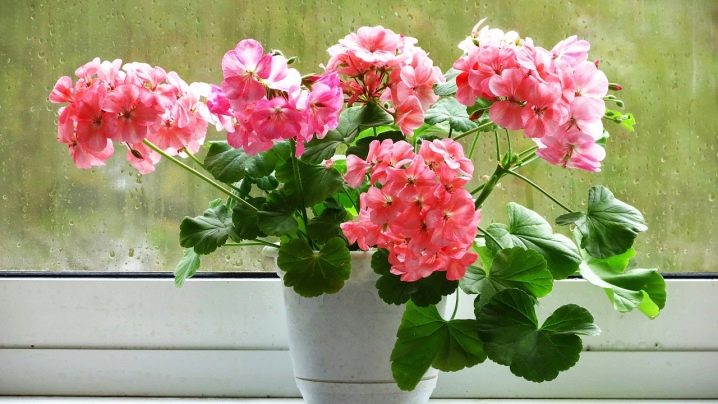
- curly - with wavy leaves;
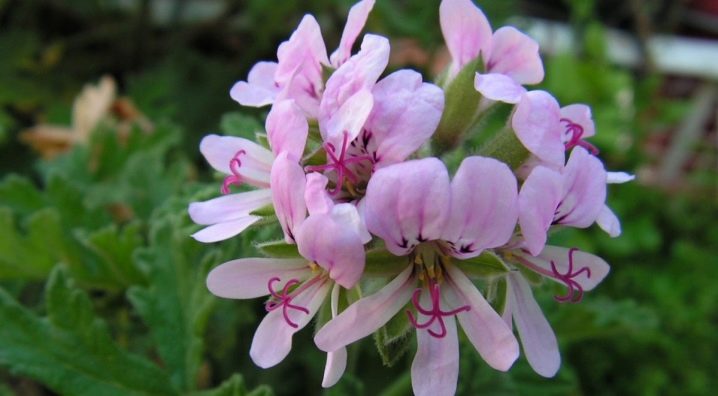
- ampelous - with long stems resembling ivy.
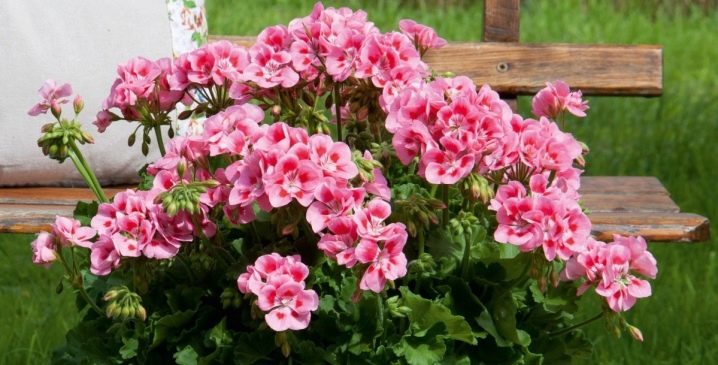
Each species has features that are characteristic only for it. Of all the variety, the most hardy and unpretentious are zonal pelargoniums. Even with the most minimal care, they will delight with the beauty of flowering. Plants are suitable both for growing at home and as a garden annual (with subsequent digging and wintering on a windowsill).
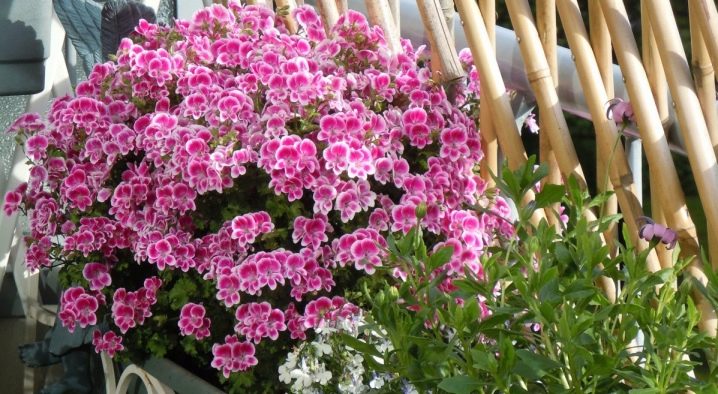
Pelargoniums are drought-resistant, tolerate a lack of moisture well. On the contrary, they can die from excessive watering. They don't like extreme heat. The optimum temperature for growth, development and flowering is from +20 to + 25 °.
Photophilous, however, prolonged exposure to direct sunlight should be avoided so as not to burn the leaves. And also do not overuse mineral fertilizers.
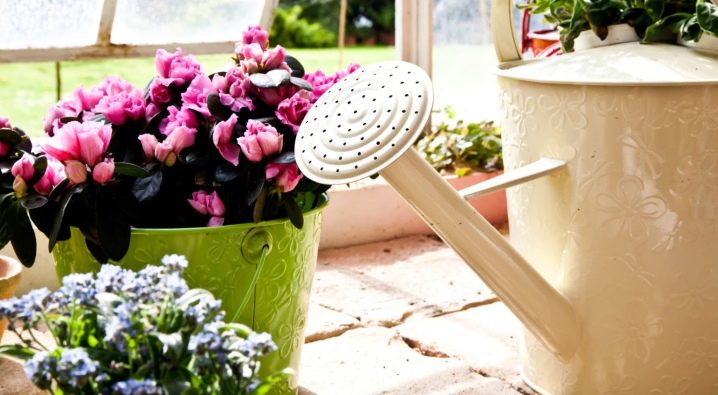
Flowers grow well in the room, in the summer you can put pots with plants on the balcony or place them in the garden, on flower beds and in hanging pots as a decorative element to decorate the gazebo, recreation area. With the help of pinching and pruning, the plants are formed in the form of a ball or a small tree with a trunk. Zonal pelargoniums can also be subdivided into the following categories:
- by the size of the bush: high (over 42 cm), medium (less than 40 centimeters), and undersized (below 12 cm);
- by flower shape: simple, semi-double, double;
- by the type of inflorescences: umbellate, spherical (the most common), phlox, pink, clove, cactus, reminiscent of dahlias and other flowers;
- by color of leaves: simple green-leaved and variegated, which are grown exclusively because of the beauty of multi-colored leaves of an unusual shape.
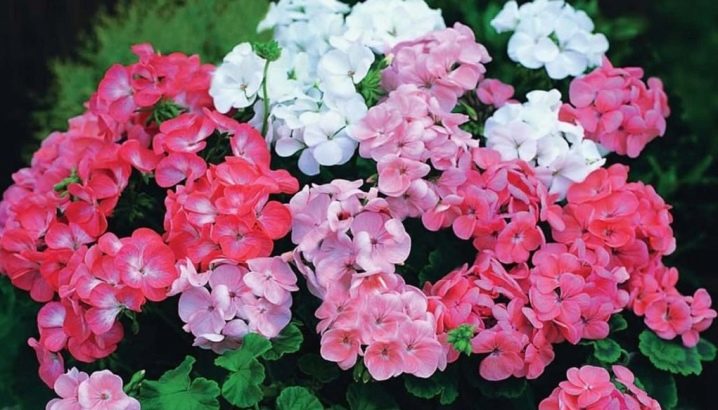
Peculiarities
There are directions that combine plants with similar characteristics in the so-called series. They differ, most often, only in color. Pelargonium zonal series "Chandelier" is a small, compact bush (no higher than 35 cm). The leaves are round, in the middle they have a dark horseshoe-shaped spot. Flowers about 2.5 cm in size are collected in large lush spherical inflorescences of the most varied colors.
It can grow both at home and outdoors. Abundant and luxurious flowering. It usually blooms in the garden from spring to late autumn. At home, on a well-lit window and with supplementary lighting, it can bloom in winter.
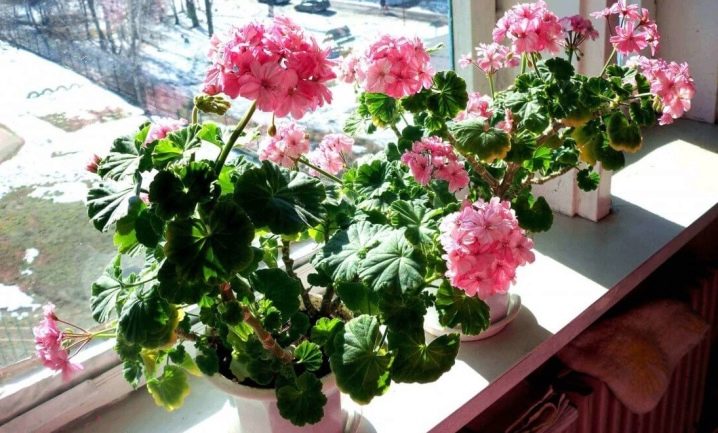
Varietal variety
The series includes a large assortment of plants. Several popular varieties stand out among them.
- Pelargonium "Chandelier mix" Is a mixture of seeds of different colors.This look will look beautiful in balcony boxes, and will also serve as a decoration in the form of a border along the garden path.

- "Lavender chandelier" - another type of series. Differs in a very delicate lavender shade of inflorescences.
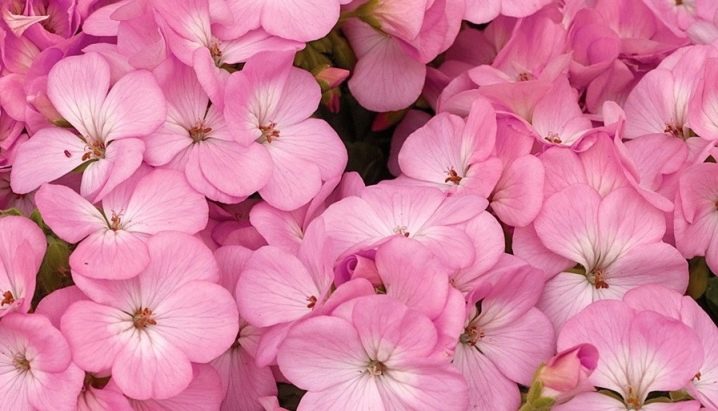
- "Chandelier Scarlet" - This is pelargonium with large bright saturated red flowers.
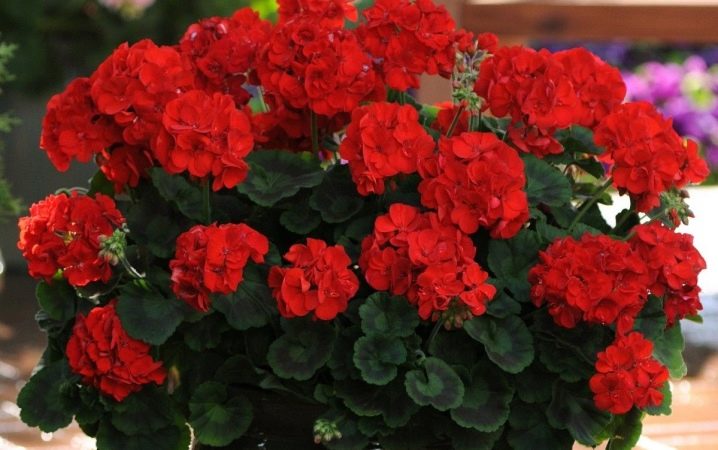
- "Violet chandelier"... This variety has a rather unusual rare light purple color with a barely noticeable white spot in the middle.

- "Chandelier white" - snow-white, with orange-yellow stamens in the center of the flower. This species is suitable both for single planting and in the vicinity of plants of other colors.
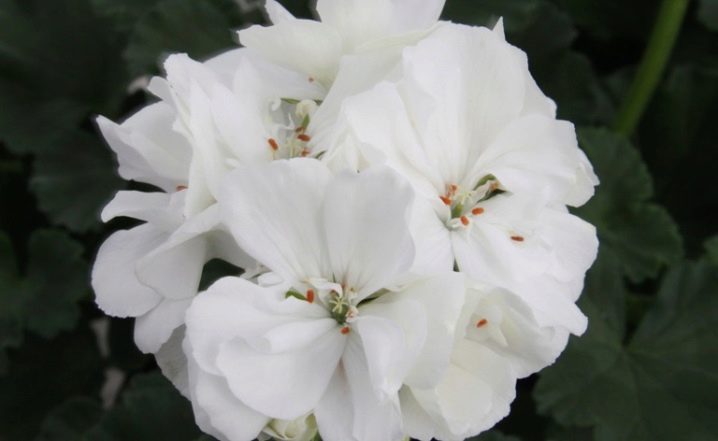
- "Chandelier bicolor"... The color of flowers in this form is with a raspberry tint and with a light brushstroke on each petal.
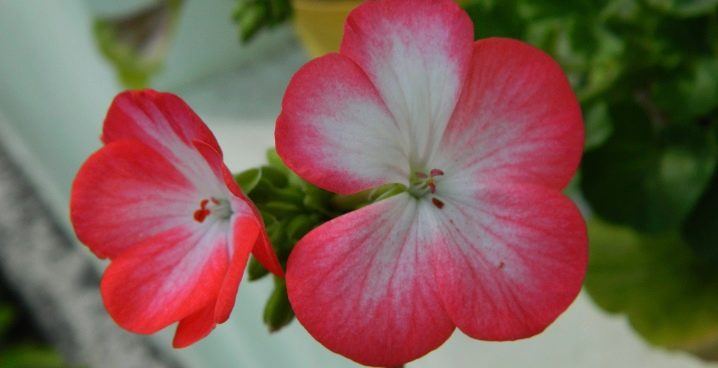
- The chandelier is creamy pink. The name speaks for itself. The dark green leaves are covered with a delicate pinkish cream on top.
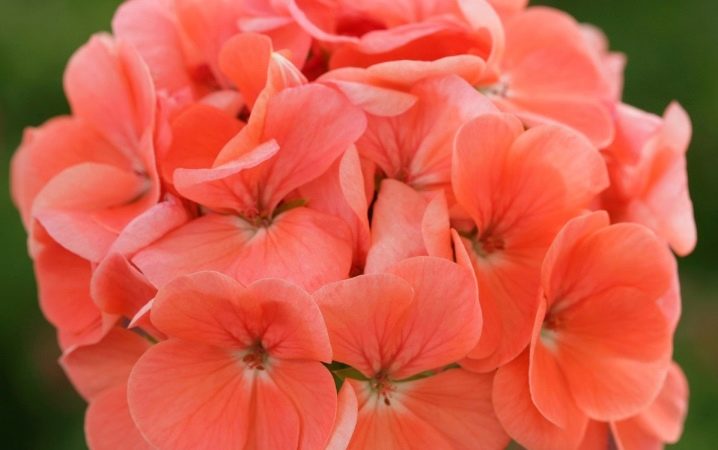
- Chandelier red... Similar to the Scarlet variety, the difference is that the flowers are slightly smaller and colored in a slightly different shade of red.
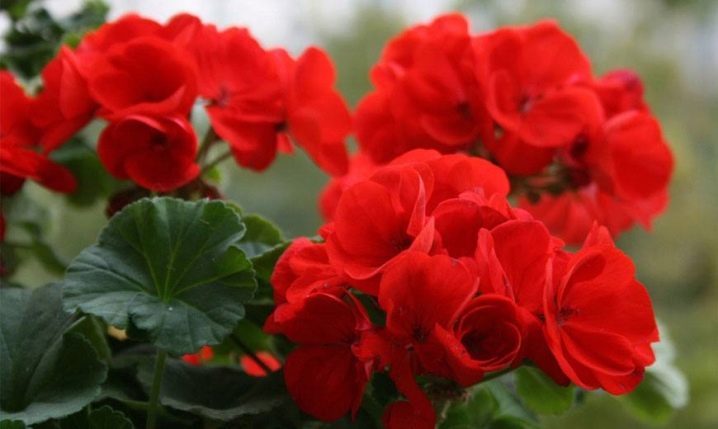
Reproduction
All varieties of zonal pelargonium reproduce well by seeds. For an earlier start of flowering, you can sow in January or February in containers. The soil should be loose, breathable, rich in nutrients. Seeds are planted to a depth of no more than 5 mm. Crops are sprayed from a spray bottle, covered with glass or foil and placed in a warm, bright place.
The first shoots can be seen in 10-15 days. After emergence, the film is removed. When the plants have 2-3 leaves, the seedlings dive into separate containers. Pelargonium tolerates transplantation well.
To get more branched plants, the seedlings need to be pinched over 4–5 leaves.
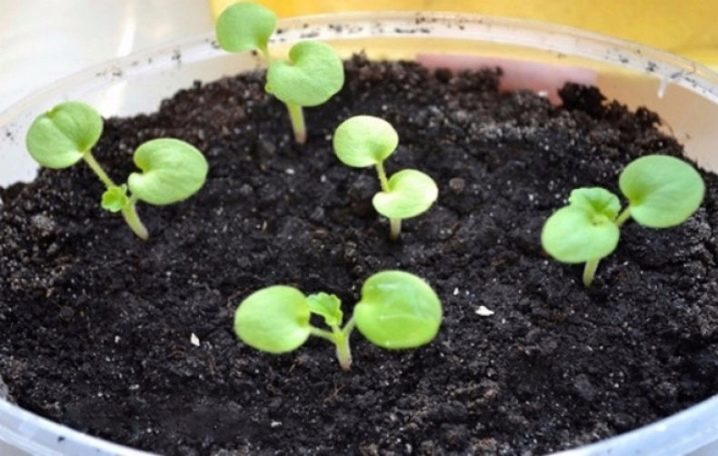
New bushes can also be obtained by cuttings. To do this, cut off small twigs (cuttings) from the plant you like and root them in pots with soil, covering them with a transparent bag on top. From time to time, the shelter is removed to ventilate and remove accumulated condensate. When the stalk takes root and starts growing, the bag is completely removed, and the pot is moved to a well-lit windowsill.
From too bright sun, the sprout must be shaded in the early days. The best time for this breeding method is spring (March or early April). Adult plants don't need too large pots. The smaller the volume of the earthen coma, the more abundant the flowering.
An overview of pelargonium "Violet Chandelier" can be seen in the video below.































The comment was sent successfully.